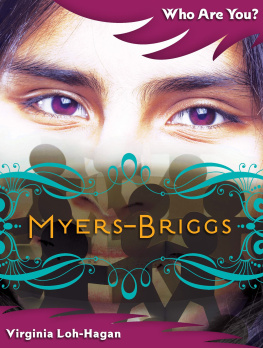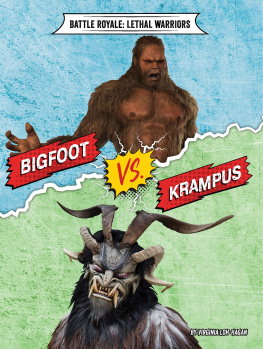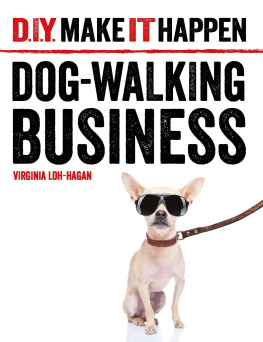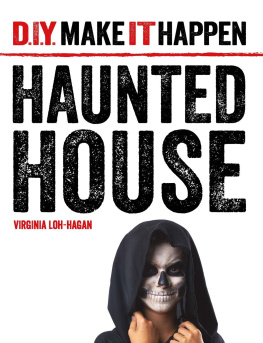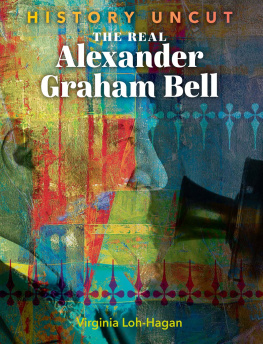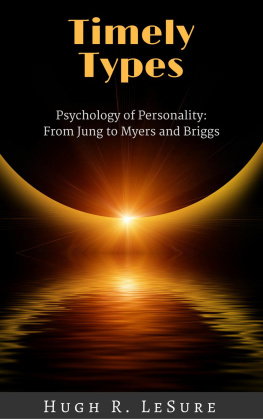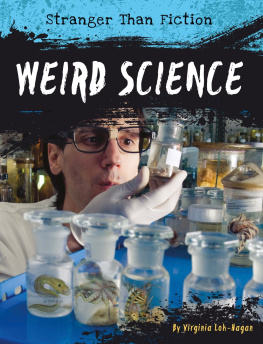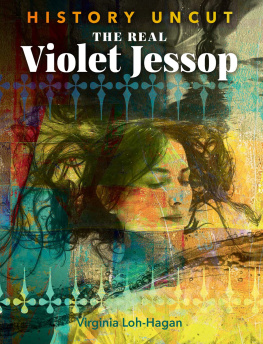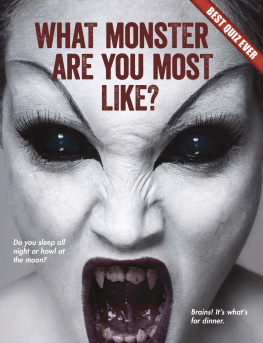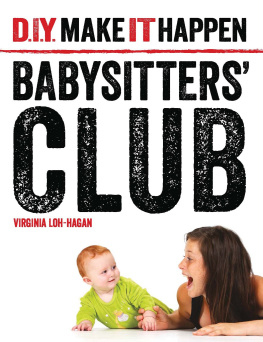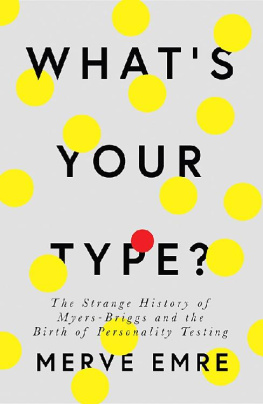Table of Contents
Guide
Page List
Published in the United States of America by Cherry Lake Publishing Group
Ann Arbor, Michigan
www.cherrylakepublishing.com
Reading Adviser: Marla Conn, MS, Ed., Literacy specialist, Read-Ability, Inc.
Book Designer: Felicia Macheske
Photo Credits: Asier Romero/Shutterstock.com, cover; STILLFX/Shutterstock.com, cover;
Rido/Shutterstock.com, 5; Syda Productions/Shutterstock.com, 6; Daniel Jedzura/
Shutterstock.com, 9; Dmytro Zinkevych/Shutterstock.com, 11; YAKOBCHUK VIACHESLAV/
Shutterstock.com, 12; pixelheadphoto digitalskillet/Shutterstock.com, 15; sirtravelalot/
Shutterstock.com, 17; Asier Romero/Shutterstock.com, 18; Igor Tichonow/Shutterstock.com, 20;
Monkey Business Images/Shutterstock.com, 22; Lia Koltyrina/Shutterstock.com, 25; HBRH/
Shutterstock.com, 27; SpeedKingz/Shutterstock.com, 29
Graphics Throughout: AKaiser/Shutterstock.com; galastudio/Shutterstock.com;
tanyabosyk/Shutterstock.com; ViSnezh/Shutterstock.com; MARINA ARABADZHI/
Shutterstock.com; Alisa Burkovska/Shutterstock.com
Copyright 2021 by Cherry Lake Publishing Group
All rights reserved. No part of this book may be reproduced or utilized in any form or by any
means without written permission from the publisher.
45th Parallel Press is an imprint of Cherry Lake Publishing Group.
Library of Congress Cataloging-in-Publication Data
Names: Loh-Hagan, Virginia, author.
Title: Myers-Briggs / by Virginia Loh-Hagan.
Description: Ann Arbor, Michigan : Cherry Lake Publishing, [2020]
| Series: Who are you? | Includes index.
Identifiers: LCCN 2020006992 (print) | LCCN 2020006993 (ebook)
| ISBN 9781534169159 (hardcover) | ISBN 9781534170834 (paperback)
| ISBN 9781534172678 (pdf) | ISBN 9781534174511 (ebook)
Subjects: LCSH: Myers-Briggs Type IndicatorJuvenile literature.
|
Personality testsJuvenile literature.
Classification: LCC BF698.8.M94 L64 2020 (print) | LCC BF698.8.M94
(ebook) | DDC 155.2/83dc23
LC record available at https://lccn.loc.gov/2020006992
LC ebook record available at https://lccn.loc.gov/2020006993
Cherry Lake Publishing Group would like to acknowledge the work of the Partnership for 21st
Century Learning, a Network of Battelle for Kids. Please visit http://www.battelleforkids.org/
networks/p21 for more information.
Printed in the United States of America
Corporate Graphics
Dr. Virginia Loh-Hagan is an author, university professor, and former classroom teacher. She
took a free online Myers-Briggs personality test (www.truity.com). Her top three codes are ENFJ
(Teacher), ENTJ (Commander), and ESTJ (Director). She lives in San Diego, California, with her
very tall husband and very naughty dogs.
Chapter One
A Special Test
What is the Myers-Briggs personality test
like? What are some issues with it?
Myers-Briggs is a personality test. Its very popular. Its
used all over the world. Its also called the Myers-Briggs
Type Indicator (MBTI). Indicators are tools that reveal
something. Myers-Briggs reveals peoples personalities.
It reveals their strengths and weaknesses. The test
reveals peoples likes and dislikes. It reveals possible jobs.
The test even helps people determine who theyre most
compatible with. Compatible means getting along
with others.
Myers-Briggs has many goals. First, it helps people
understand themselves. Second, it helps people work
better with others. Third, it helps people choose a future
path. Fourth, it helps people learn better.
The MBTI is often used to help improve teamwork.
How would you describe yourself as a team player?
Myers-Briggs is a special test. Its an inventory . An
inventory is like a checklist with many questions. Myers
Briggs has 93 questions. Each question has 2 choices.
People answer the questions. They self-report . This
means they answer the questions based on what they
think is true. There arent right or wrong answers. There
arent any norms . Norms are standards. Theyre used to
compare results against a normal or typical response.
Myers-Briggs doesnt compare people to others. It just
gives information about peoples unique personalities.
Based on their answers, people are identified as a type.
There are 16 different personality types. No one
personality type is better than another. All types are
equal. Every type has value.
There are many online tests. These are informal. The real MBTI
is given by a trained person. Do you want to take the MBTI?
Fun Facts
a Myers-Briggs has been translated into over 30 languages. Its used around the world.
a About 1.5 million people take the test online each year. Over 88 percent of Fortune 100 companies use it. They use it to hire and train.
a INFJ is the rarest Myers-Briggs type. Only about 1 percent of people score INFJ. Dr. Martin Luther King Jr. was an INFJ. These people care deeply about others. They want to ease suffering.
a The most common Myers-Briggs types are ISFJ, ESFJ, and ISTJ.
There are many studies on the Myers-Briggs test. Experts
have said the test is valid and reliable . Valid means it
measures what it says it does. Reliable means it produces
the same results when given more than once.
Some experts disagree. They say the Myers-Briggs has low
test reliability. There were studies done. When people took
the Meyers-Briggs test more than once over the span of a
few weeks, the test produced different results. Some experts
called Myers-Briggs an elaborate Chinese fortune
cookie. Elaborate means complicated or hard.
But people still use it. Myers-Briggs encourages people to
reflect. It pushes people to think. People think about the
scores. Then they compare the results to what they think
about themselves. Its a starting point for change.
Some people dont like how there are only two choices per question.
They dont think people fit into categories. What do you think?
Chapter Two
A Dynamic Duo
Who is Isabel Myers? Who is Katherine Briggs?
Who is Carl Jung? How did the test develop?
Isabel Myers and Katherine Cook Briggs created the
Myers-Briggs inventory. Briggs is Myerss mother.
Briggs lived from 1875 to 1968. She went to college at
age 14. She graduated at the top of her class. When Isabel
Myers was born, Briggs wanted to learn the best way to
raise her. So, she studied psychology . Psychology is the
study of human behavior. Briggs taught Myers at home.
She homeschooled Myers. Briggs kept a journal. She
called her living room a lab of baby training. She wrote
articles about child psychology.
Myers lived from 1897 to 1980. She met her husband,
Chief, at college. Briggs thought he was interesting.
His personality was different.
Myers and Briggs are a mother-daughter team. Some people
think the MBTI is criticized unfairly. They think its because the
creators are women. What do you think about that?
Chief inspired Briggs. Briggs went to the library. She
studied the psychology of personalities.
Myers worked at an office. She hated it. Then she became
a homemaker. She hated it. She wanted to find the perfect
job. She thought jobs should match peoples personalities.
Myers and Briggs found a common interest. They studied
personalities. They taught themselves about the science
of testing.
They created a personality test. They said it would help
people find job matches. They did this around 1944.
Myers and Briggs were self-taught.
What have you taught yourself to do?
EXPLAINED BY
Science
Each personality type uses the brain in a different way. Brains have different areas. Each personality type uses one area more than other areas. This use of the brain is called brain activity. Dopamine is a chemical. Its in the brain. It helps humans think and feel. Everyone has the same amount of dopamine. But introverts are negatively affected by it. Introvert means shy and quiet. Extroverts are positively affected by dopamine. Extrovert means outgoing. Extroverts need more stimulation. Having the TV on could be noisy for introverts. It could be normal for extroverts. Dr. Dario Nardi studies brain science. He wrote a book called Neuroscience of Personality: Brain Savvy Insights for All Types of People . He studied brain activity of Myers-Briggs types. For example, ISTJ types show high activity in the back of their brains. This area deals with interpreting images. This is why ISTJ types tend to be visual learners.

